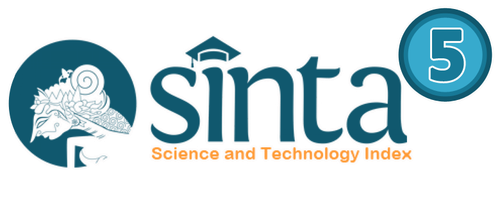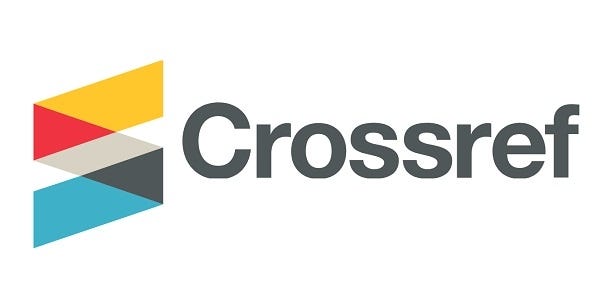CREATING A DIGITAL STORY OF BANTEN FOLKTALES FOR HIGHER EDUCATION STUDENTS
DOI:
https://doi.org/10.47080/jeltl.v2i2.626Keywords:
R & D research, digital story, local-content-based text, folktalesAbstract
The aims of this study were: (1) to discover the target needs of higher education students,
(2) to discover the learning needs of higher education students, and (3) to build-up a suitable digital story of Banten Folktales for higher education students. This was a Research and Development (R&D) study. The research procedure, adjusted from ADDIE model proposed by Taylor (2004), comprised of conducting the needs analysis, designing a course grid and a storyboard, developing the first draft of the digital story, evaluating the first draft, and producing the final draft. The instruments to collect the data were needs analysis questionnaire and correspondent survey questionnaires. The information from the needs analysis was analyzed quantitatively using frequency and rate, and after that the comes about were utilized as the premise to create the course grid and storyboard. The quantitative data from the correspondent survey was analyzed through descriptive statistics while the comments and suggestions were used to revise the first draft to be the final product of the digital story. The developed product was valid and appropriate after being evaluated in correspondent review phase in terms of its content and design with the average score 4.69 categorized as very highly valid.
Downloads
References
L. K. (2011). Improving listening comprehension among Malay preschool children using digital stories. International Journal of Humanities and Social Science, 1(14), 159-164.
Dinas Perpustakaan dan Arsip Daerah Kota Cilegon. (2019). Buku Cerita Rakyat. Cilegon: Dinas Perpustakaan dan Arsip Daerah
Dreyer, L. M. (2017). Digital storytelling to engage postgraduates in reflective practice in an emerging economy. South African Journal of Education, 37(4), 1-10.
Firdaus, E. (2002). Cerita Rakyat dari Banten 2. Jakarta: Penerbit Grasindo.
Firdaus, E. (2004). Geger Cilegon.
Jakarta: Penerbit Grasindo.
Gal, M. D., Gal, J. P., & Borg, W. R.
(2003). Educational research: An introduction 7th Ed. Boston, MA: Alyn and Bacon.
Koohang, A., Riley, L., Smith, T., & Schreurs, J. (2009). E-learning and constructivism: from theory to application. Interdisciplinary Journal of Knowledge and Learning Objects, 5, 91–109.
Kubiszyn, T., & Borich, G. (1993). Educational testing and measurement: Classroom application and practice. New York, NY: Harper Collins College Publisher.
Malita, L., & Martin, C. (2010). Digital storytelling as web passport to success in the 21st century.
Procedia-Social and Behavioral Sciences, 2(2), 3060–3064.
Neo, M., & Neo, T. K.(2010).Students’ perceptions in developinga multimedia project withina constructivist learning environment: a Malaysian experience. The Turkish Online Journal of Educational Technology, 9(1), 176–184.
Ohler, J. (2008). Digital storytelling in the classroom: New media pathways to literacy, learning, and creativity. Thousand Oaks, CA: Corwin.
Politeknik PGRI Banten. (2013). Buku panduan akademik Politeknik PGRI Banten. Cilegon: Politeknik PGRI Banten.
Rains, T. (2009). Using examples of myths stories in speaking. Retrieved at
www.Ezinearticles.com.
Reinders, H. (2011). Digital storytelling in the foreign language classroom. Retrieved from
http://blog.nus.edu.sg/eltwo/2011/ 04/12/digital-storytelling-in-the- foreign language-classroom/
Sadik, A. (2008). Digital storytelling: a meaningful technology-integrated approach for engaged student learning. Educational Technology Research and Development, 56(4), 487–506.
Sandaran, S. C. & Lim, C. K. (2013). The use of digital stories for listening comprehension among primary Chinese medium school pupils: Some preliminary findings. Jurnal Teknologi, 65(2), 125-131







